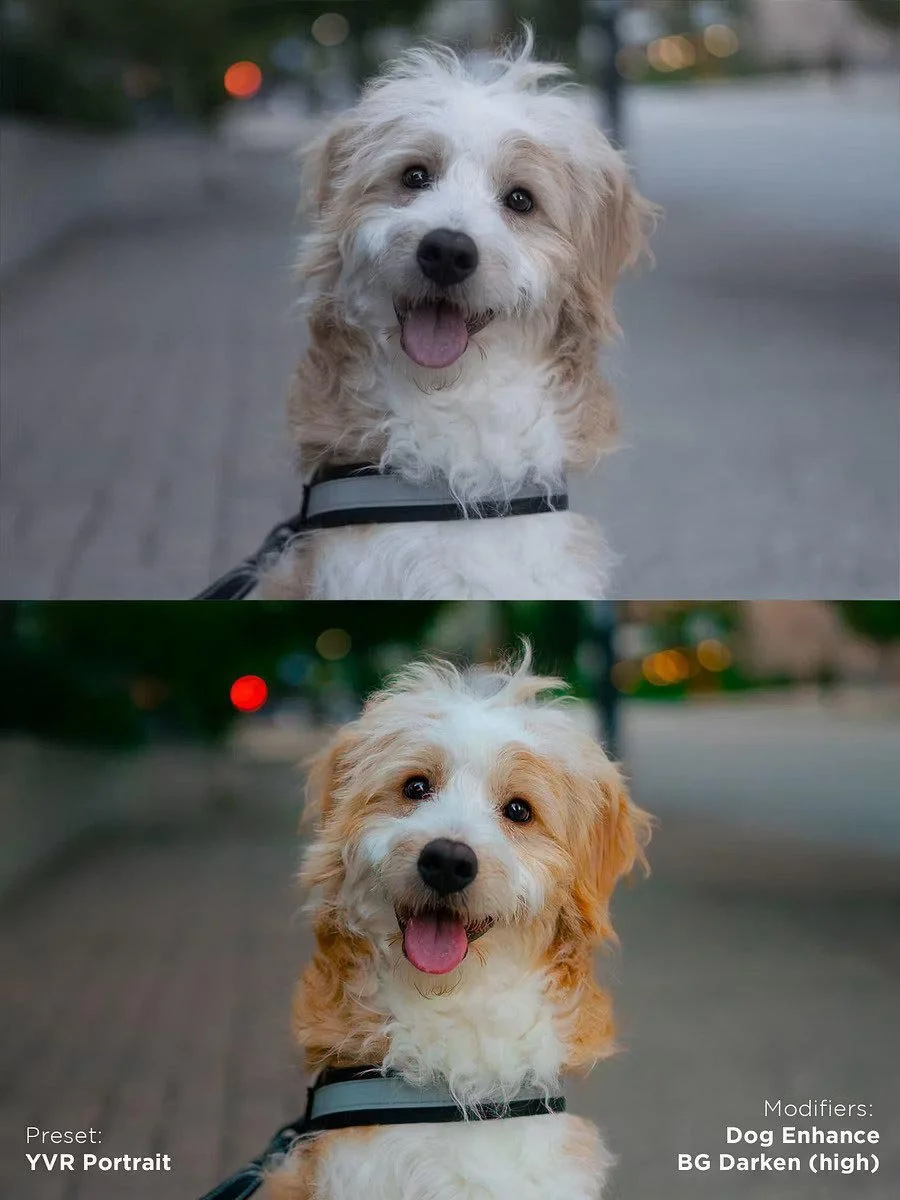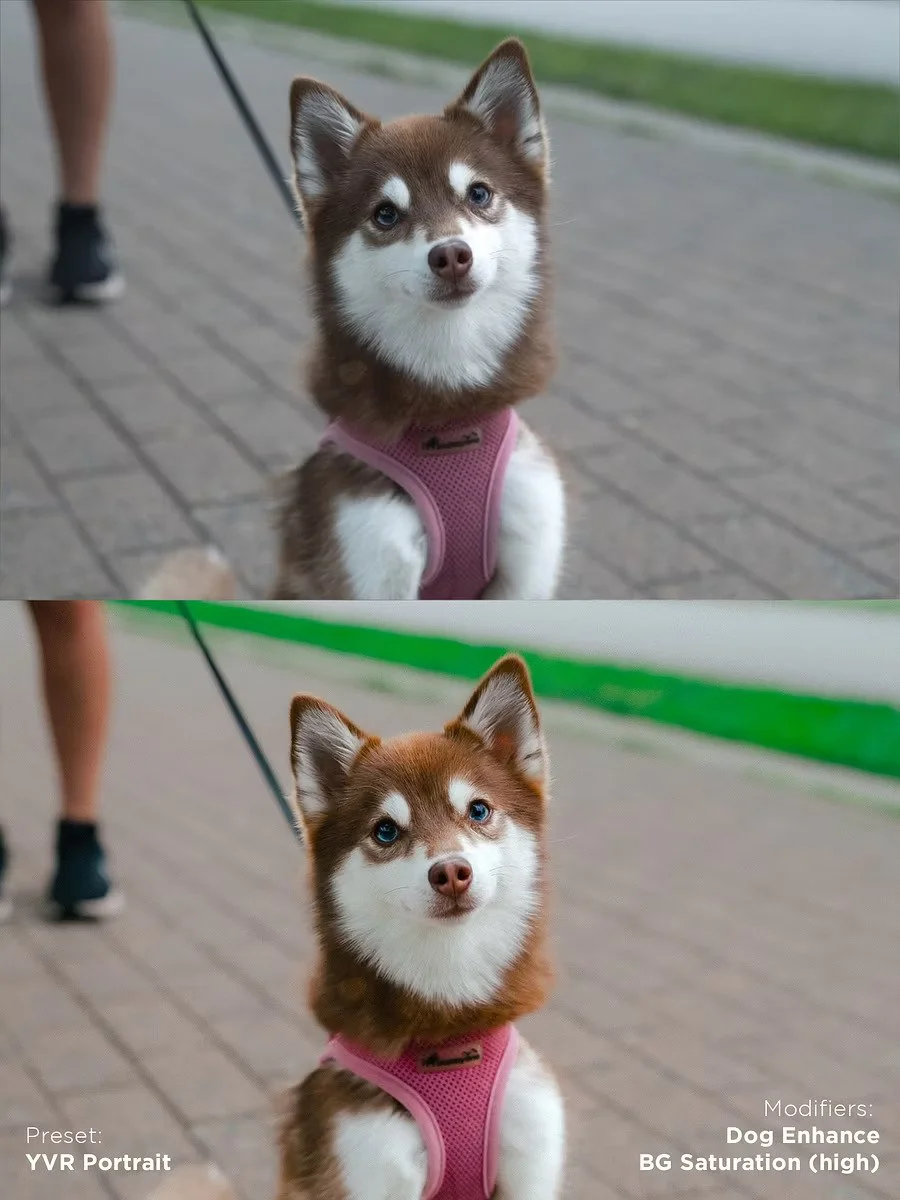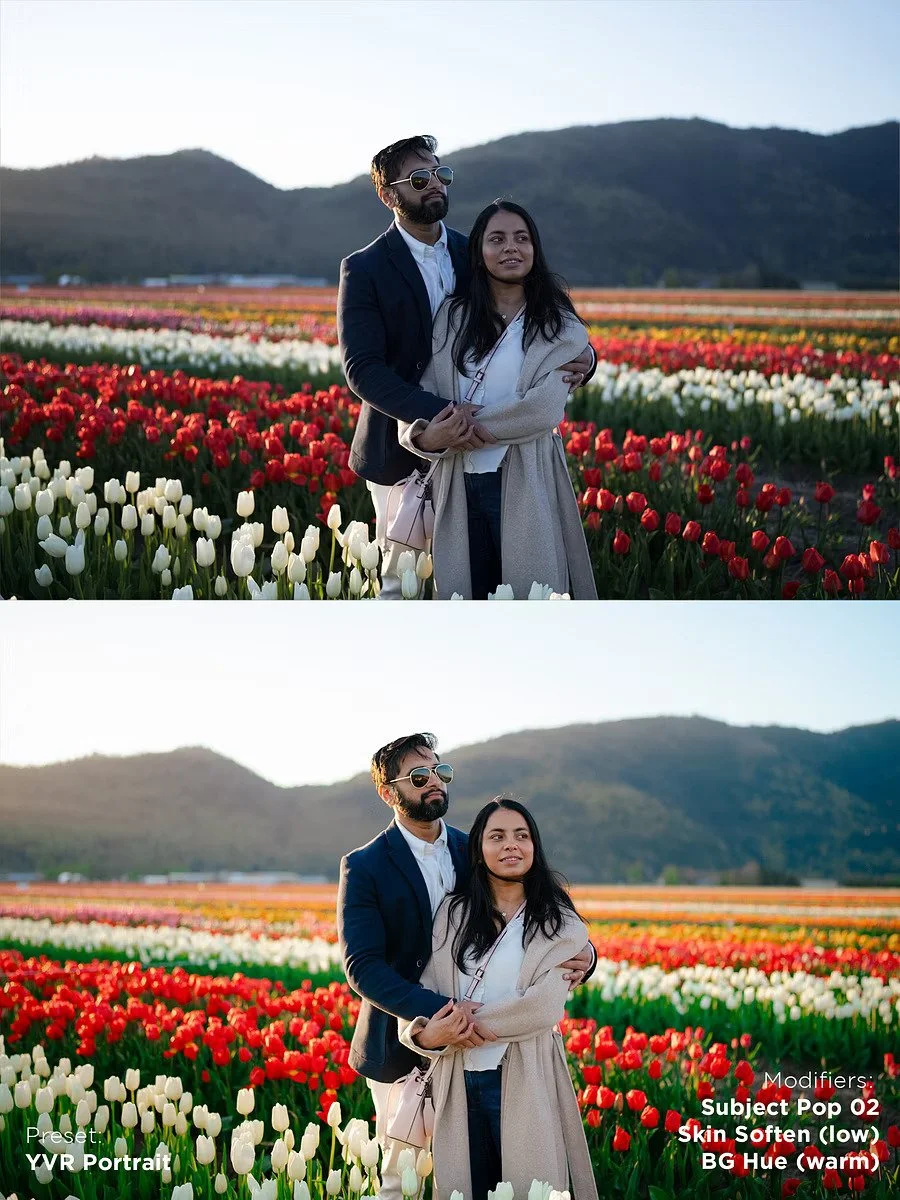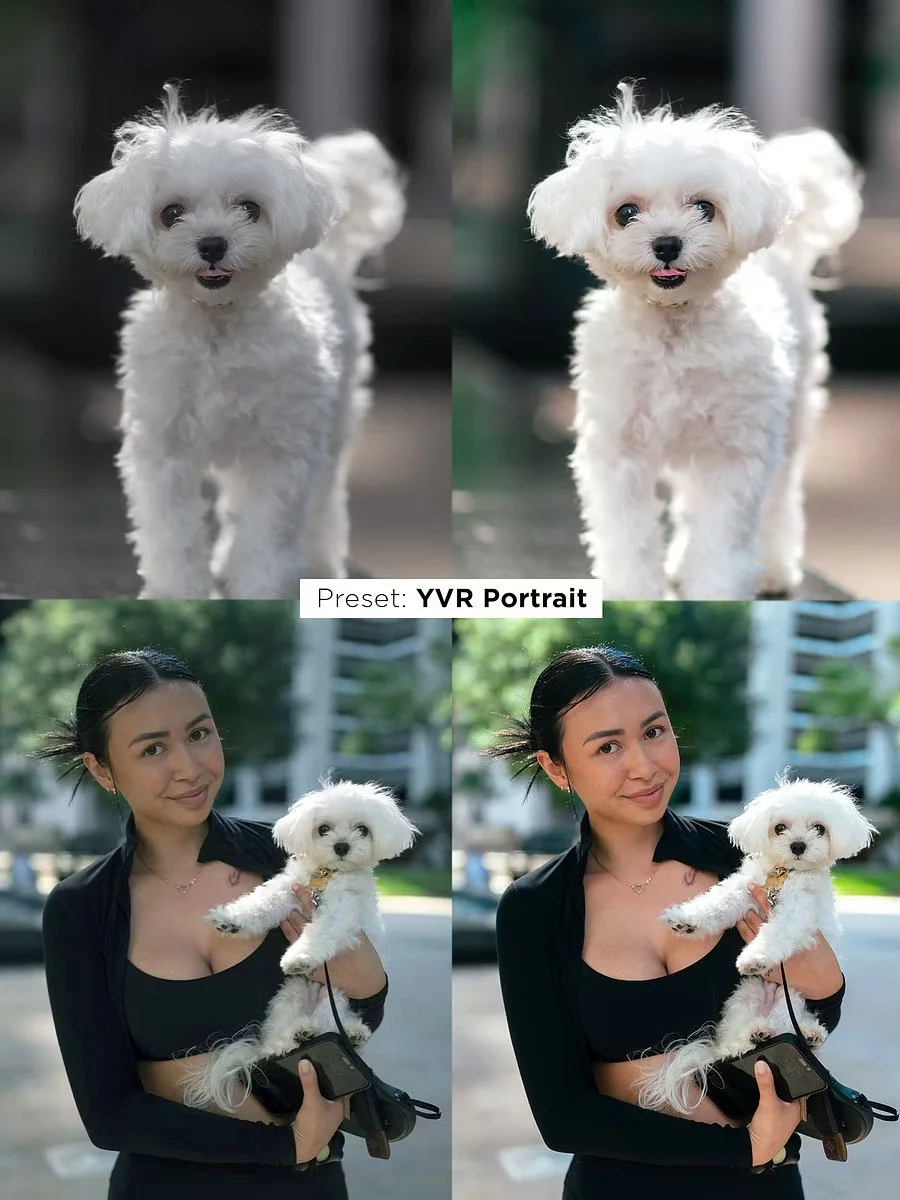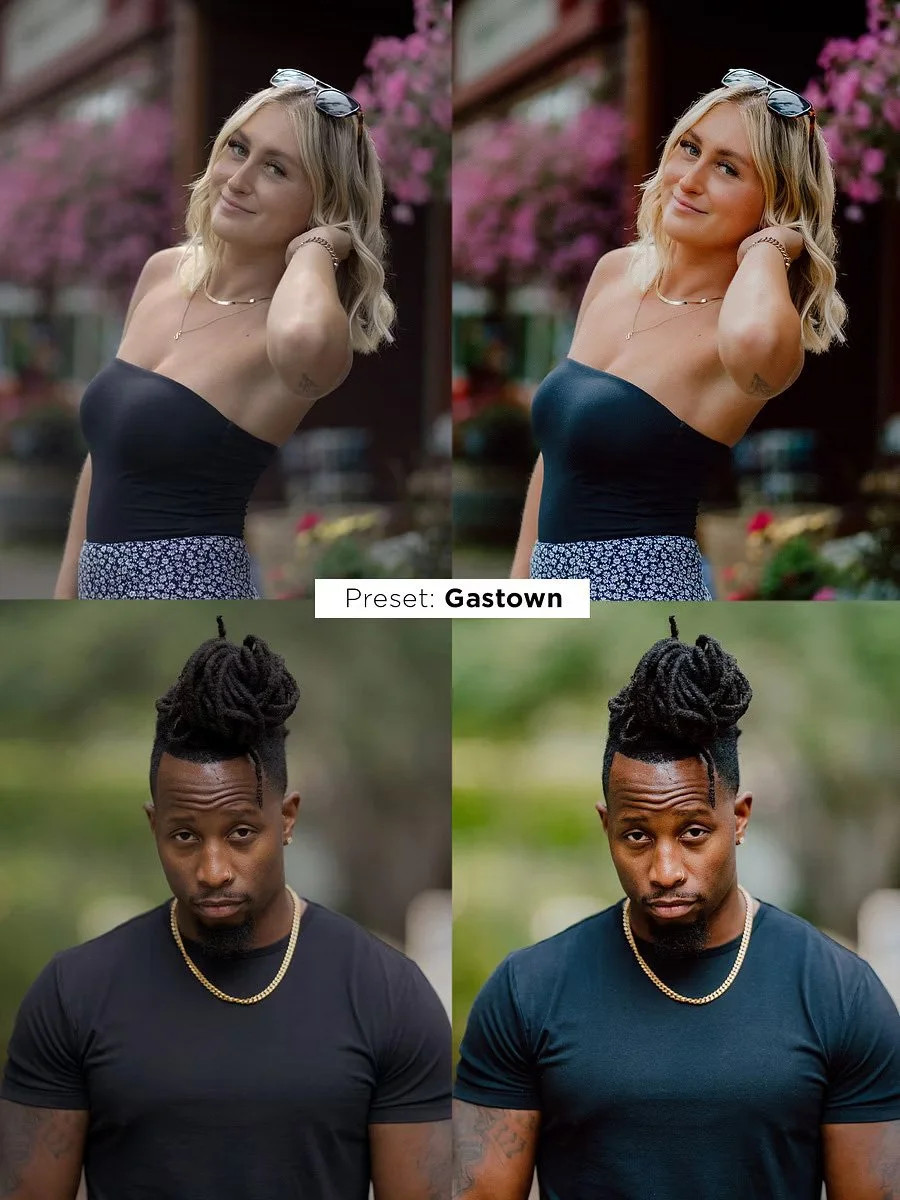📸 My Camera Gear
I own a lot of camera gear, but these are the cameras & lenses that I use the most.
Tip: Want to know what camera I used in a video? Check the caption, I always include it there!
⚙️ Gear & Accessories
These are the extra accessories that I pretty much never leave home without.
👀 How do you Record the BTS?
I record my videos using the Insta360 GO3 (on my chest), or the Meta RayBan glasses.

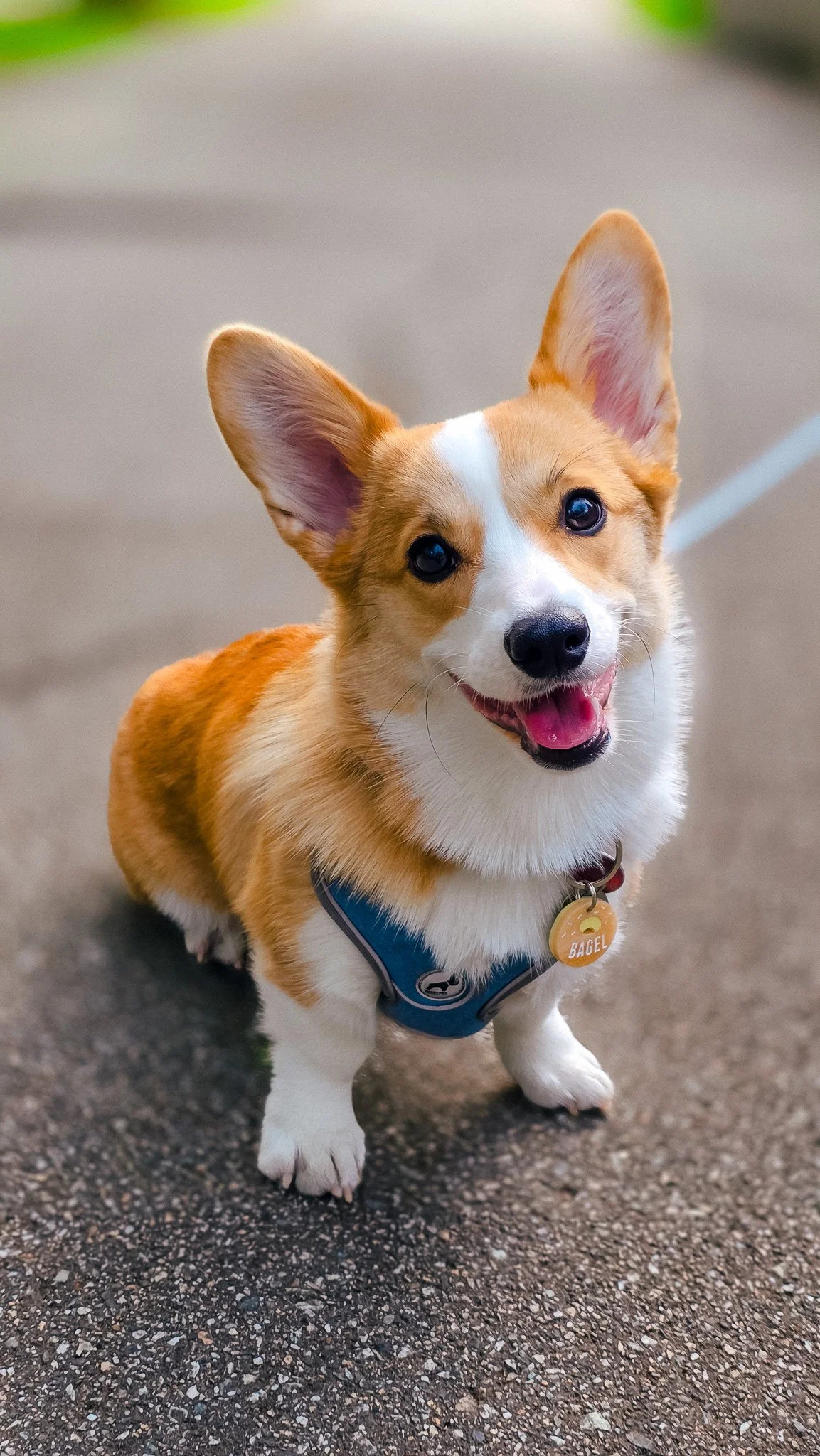


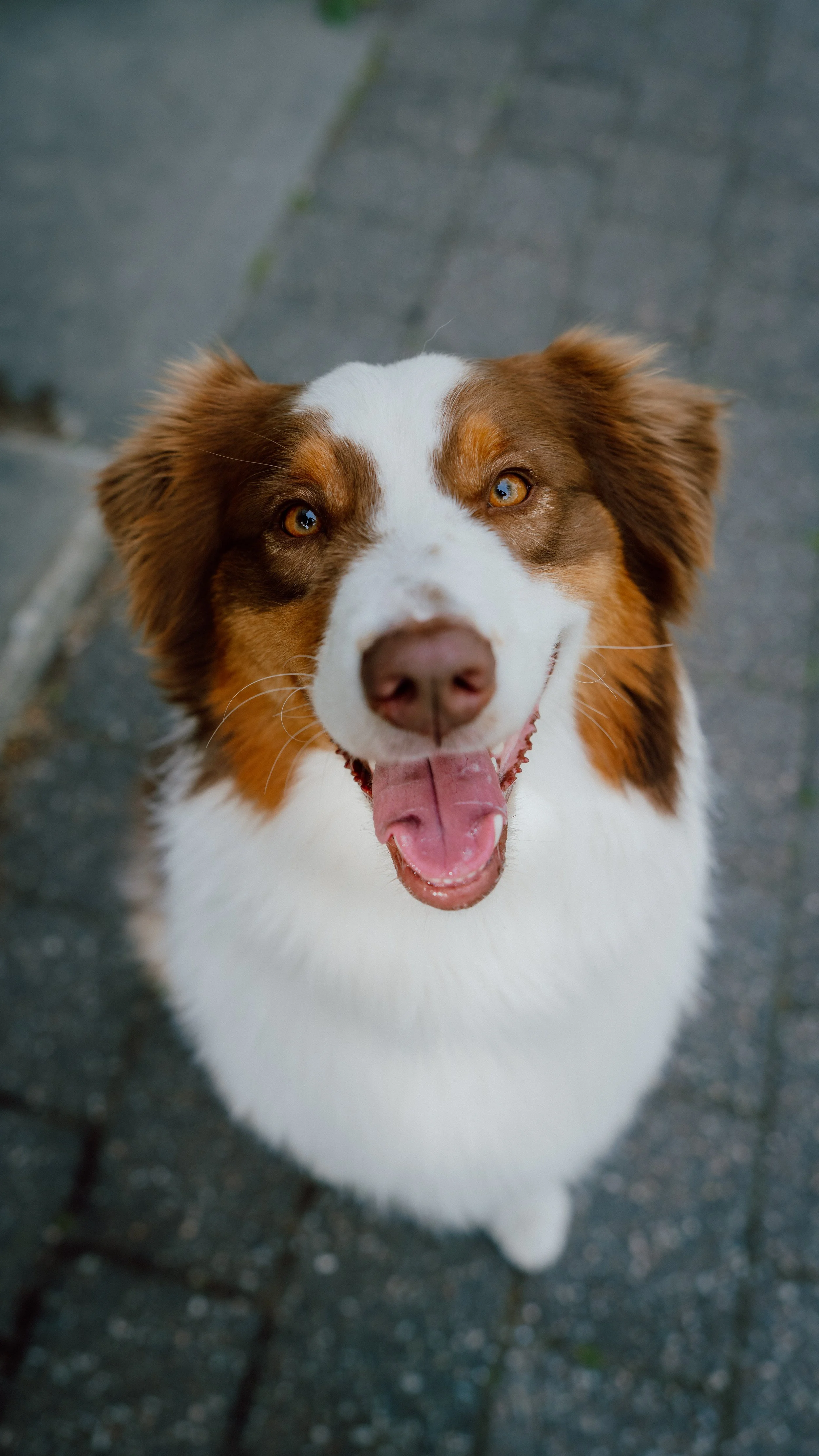





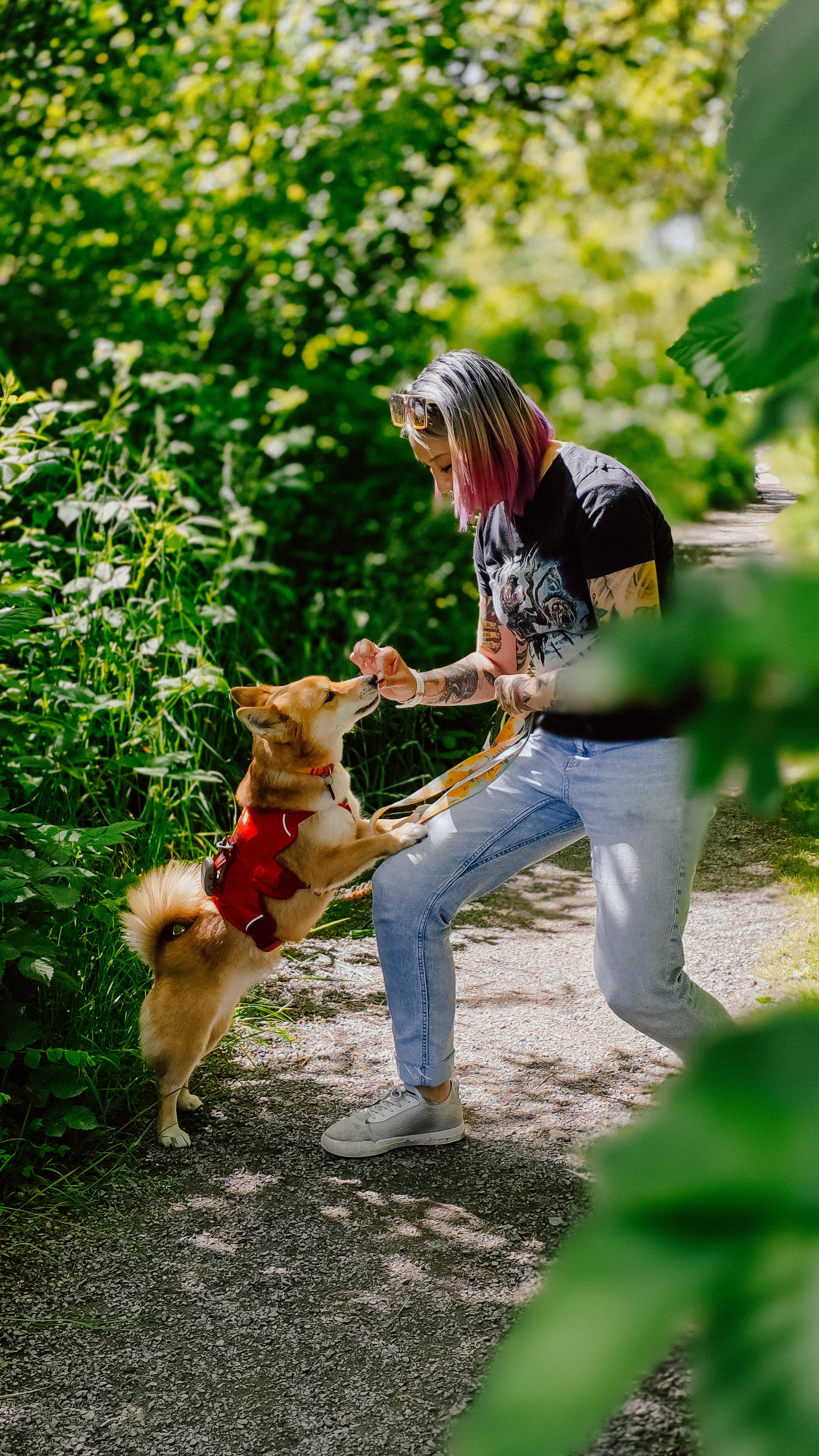
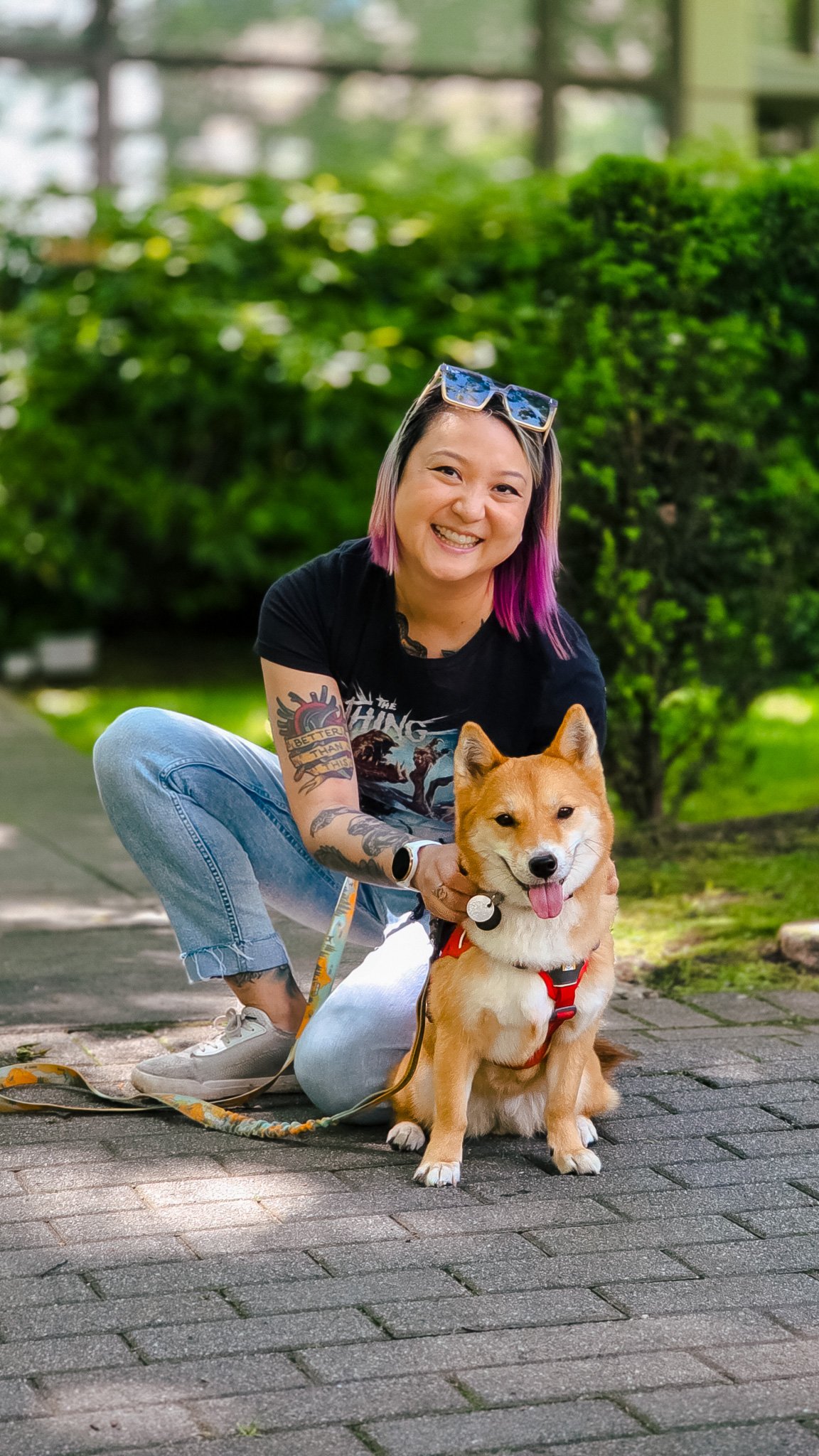

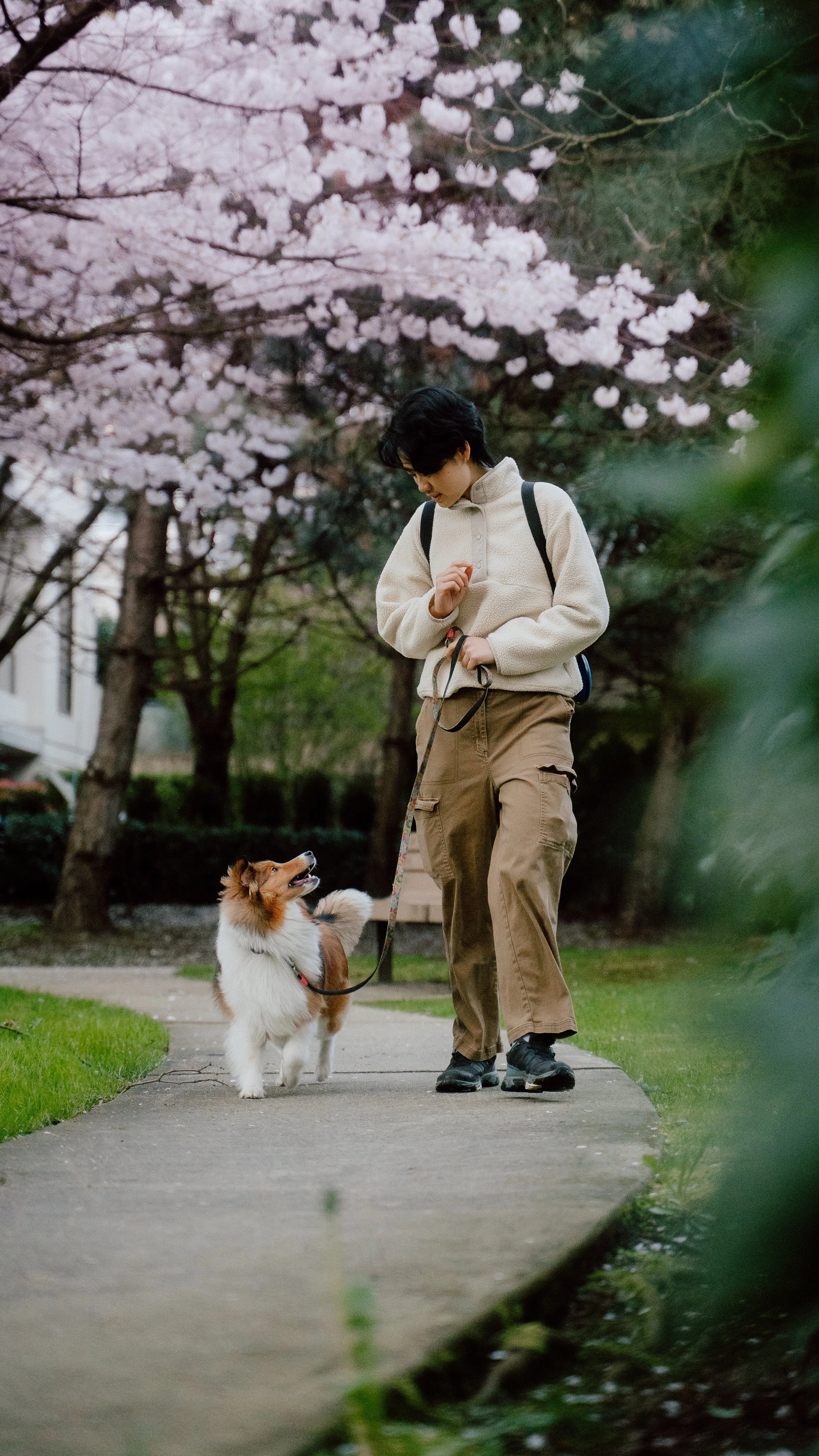


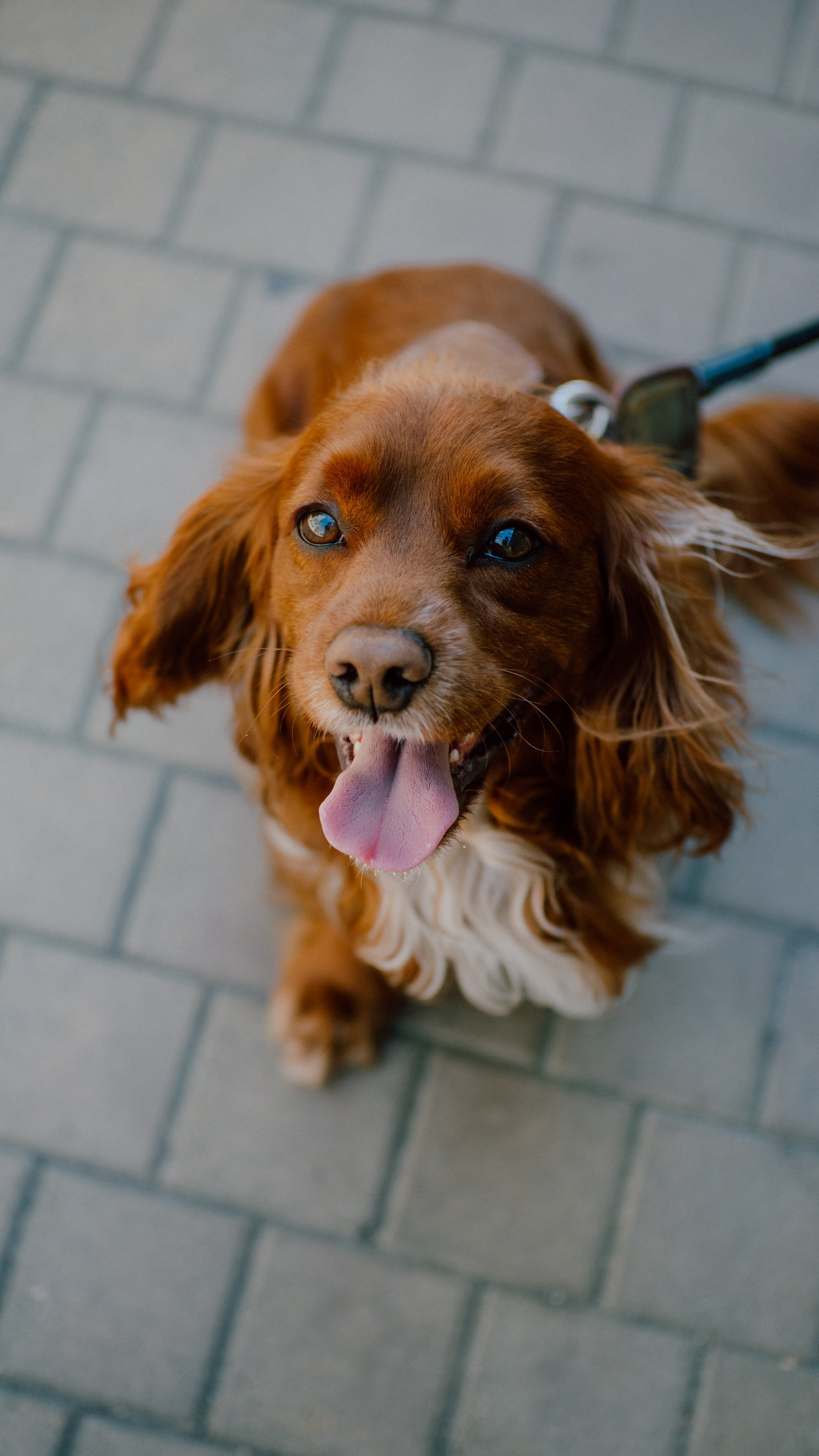
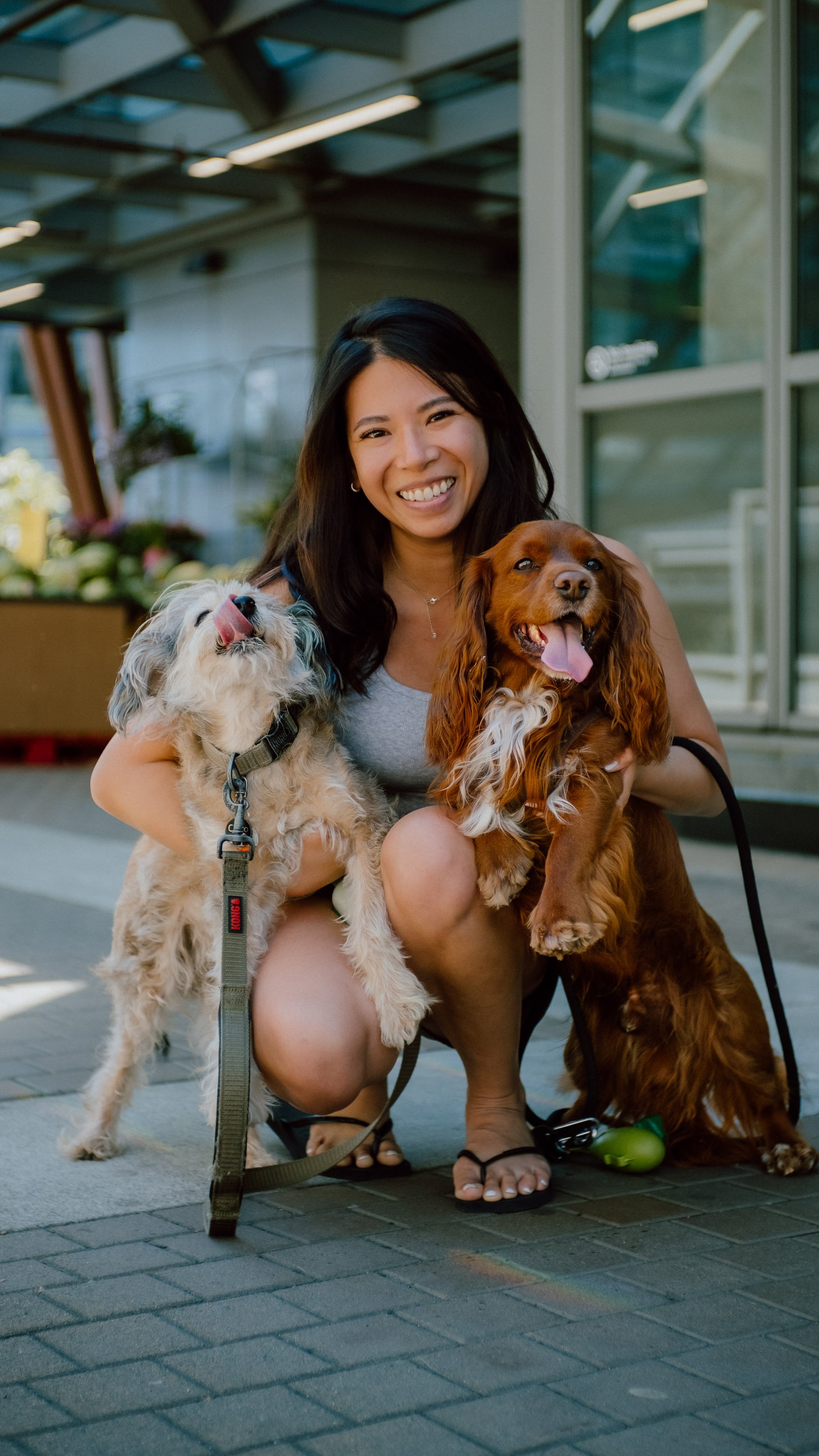

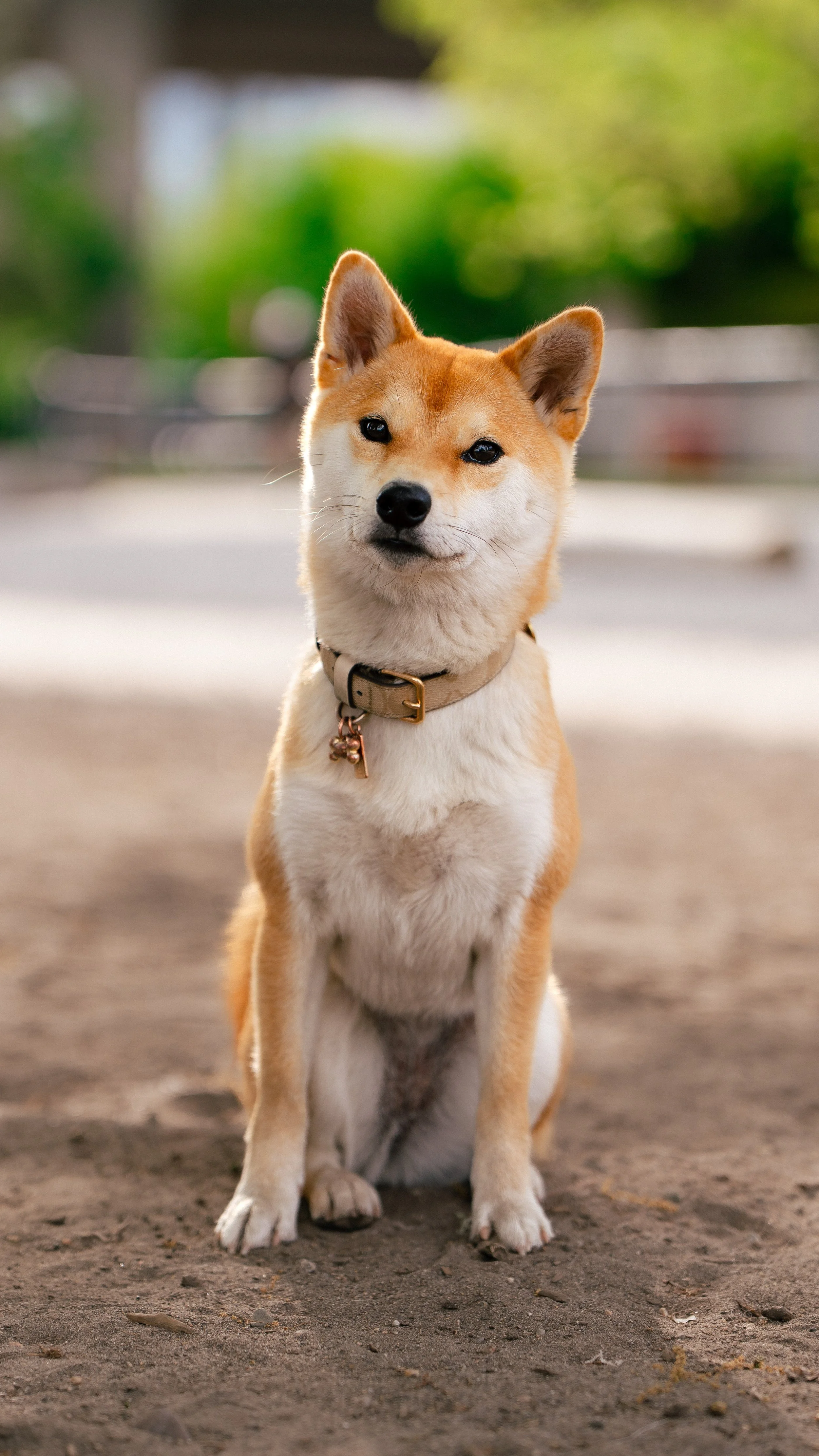
🪄 Learn how to edit
Editing is one of the most important skills you can learn. If you know how to edit, you can get beautiful, consistent images from any camera.
I developed my own Lightroom preset system that is designed to add colour, tone, contrast, sharpness & vibrancy to every photo I take.
This is what makes my photos “pop”. When you get my presets, it includes a 30-minute tutorial that breaks down my exact editing process.
💬 Frequently Asked Questions
-
This is difficult to answer, because I change my settings depending on the situation that I’m in. But generally, these are the settings I use:
Focus: Wide Area - then use ‘Human’ or ‘Pet’ for subject tracking.
White Balance: Either leave it on Auto, or manually set it if it’s a demanding scene.
Shutter Speed: Minimum 1/160 for humans, 1/200 - 1/1000 for animals.
F-Stop: For portraits I mostly shoot wide open at f1.4 or f1.8. If there are multiple subjects in the frame, then I adjust this to f2.8-4.5. I’ll also use a higher f-stop like f8 if I’m trying to include more of the surroundings in the photo.
ISO: Auto (Sony has incredible low-light capabilities, plus the grain from Sony cameras is easy to fix in Lightroom - so I never worry about the ISO being too high).
EV Compensation: I use the EV compensation dial to make the image brighter or darker. I typically leave this at -0.3 to slightly underexpose the image.
Drive Mode: Continuous Shooting: Mid - I like to take a LOT of photos, then choose the best ones in post. I get a lot of flack sometimes from other photographers, but this is the best way by far to capture unexpected candid moments (like laughs, giggles and micro-expressions).
-
The Insta360 GO3 and GO3S comes with everything you need in the box, including a clip mount and magnet mount to mount it on your chest.
You don’t need any additional accessories to wear the camera on your chest.




